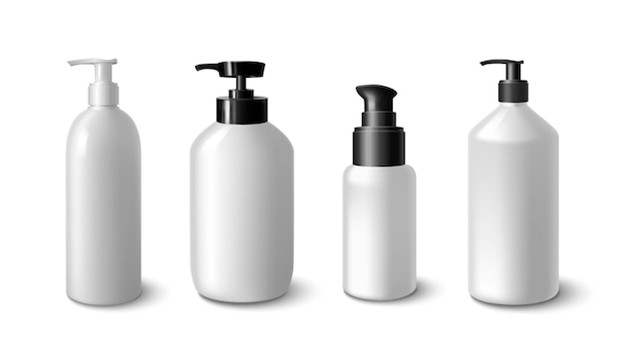the european food safety authority&rsquos efsa reevaluation of bisphenol a bpa exposure and toxicity states that bpa, an endocrine disruptor, poses no health risk to consumers of any age group at current exposure levels.endocrinedisrupting substances, horla varlanflickrefsa, which carries the scientific risk assessment on behalf of the eu, says exposure from a diet, or from a combination of sources such as a diet, dust, cosmetics and thermal paper, is considerably under the safe level, also known as the &39tolerable daily intake&39 tdi.bpa is a chemical compound used in the manufacture of food contact materials such as reusable plastic tableware and can coatings. another widespread use of bpa is in thermal paper commonly used in cash register receipts.residues of bpa can migrate into food and beverages and be ingested by the consumer, and other sources include thermal paper, cosmetics and dust can be absorbed through the skin and by inhalation.although new data have led efsa&rsquos experts to considerably reduce the safe level of bpa from 50 micrograms per kilogram of body weight per day to four, the highest estimates for dietary exposure, or via a combination of sources, are three to five times lower than the new tdi.dr trine husøy, a member of efsa&rsquos expert panel on food contact materials and chair of its bpa working group, said the panel decided to reevaluate the safety of bpa because of the publication of a huge number of new research studies in recent years.this led to a public consultation in early 2014, and after weighing up new scientific information on its toxic effects, the cef panel concluded that high doses of bpa hundreds of times above the tdi are likely to adversely affect the kidney and liver. it may also cause effects on the mammary gland in animals.&ldquoeffects on the reproductive, nervous, immune, metabolic and cardiovascular systems, as well as in the development of cancer are not considered likely at present but they could not be excluded on the available evidence. so, they add to the overall uncertainty about bparelated hazards and therefore have been considered in the assessment,&rdquo husøy said.efsa last assessed dietary exposure to bpa in 2006 when less data was available.&ldquowith significantly more and better data, we have updated and more accurately estimated dietary exposure to bpa for all population groups. as a result, we now know that dietary exposure is four to fifteen times lower than previously estimated by efsa, depending on the age group,&rdquo husøy added.this time around, efsa used new methodologies to take account of the uncertainties regarding potential health effects, exposure estimates and evaluation of risks for humans, such as analysing each uncertainty one by one, so that the expert panel was able to quantify the uncertainties.pressure on member statesthe potential harm from bpa has been debated in several eu member states, such as sweden, denmark and france. on 1 january 2010, france banned the use of bpa in products that come into direct contact with food for babies and young children, like feeding bottles. an euwide ban followed in january 2011. from 1 january 2015, france has introduced a new law, banning the use of bpa in all food packaging.>> read french government and plastics lobby clash over bisphenol ain light of efsa&39s conclusion&39s, plasticseurope said in a statement that the french restriction on bpa is disproportionate and should be withdrawn."the fact that any realistic exposure to bpa is well below even the conservative safety threshold established by efsa shows that blanket restrictions being applied at national level, in particular in france, are unjustified and should be withdrawn," jasmin bird from plasticseurope&39s bpa group said."this efsa conclusion on bpa should be used as the basis for consistent and harmonised european food safety regulation, and should be respected by all member states," bird continued.when the results of a longterm research by the us national toxicology program are available for evaluation in two to three years, efsa will once again reconsider the temporary tdi. 







